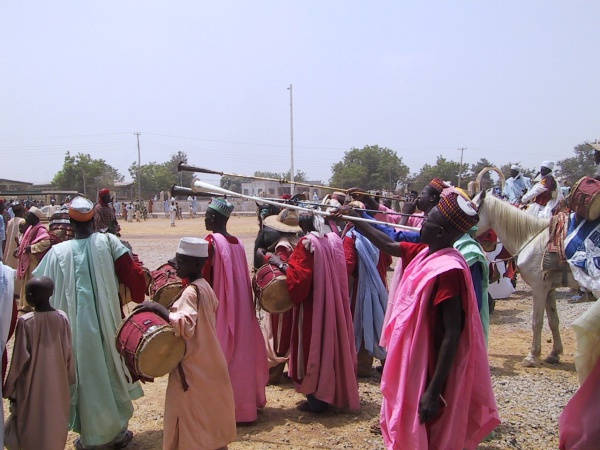Facts About Durbar festival
The Durbar Festival is a vibrant annual celebration held in various cities across Nigeria to mark the end of Ramadan and coincide with Muslim holidays such as Eid el-Kabir and Eid el-Fitri. The festivities commence with prayers, followed by a grand parade featuring the Emir and his entourage on horseback, accompanied by lively musicians. The parade culminates at the Emir's palace, creating a spectacular and colorful event. Cities such as Kano, Katsina, Sokoto, Zaria, and Bida are renowned for hosting these festivals, attracting tourists from far and wide.
Originally introduced by colonial administrators for political purposes, the Durbar Festival has historical roots in ceremonial assemblies linked to Queen Victoria's proclamation as Empress of colonial India in 1877. The first Durbar in Nigeria was held in 1911, with notable subsequent editions in 1924, 1925, 1948, 1960, and 1972. These events combined pre-colonial martial displays with colonial-era assemblies and celebrations in Northern Nigeria.
The festival gained significant attention during the 2nd World Black and African Festival of Arts and Culture (Festac 77). Over time, its colonial associations have gradually shifted towards emphasizing pre-colonial traditions. These include the importance of horses in military and ceremonial contexts in the Bornu Empire, as well as traditional ceremonies like 'Hawan Sallah' and 'Hawan Idi'.

 Cameroon
Cameroon